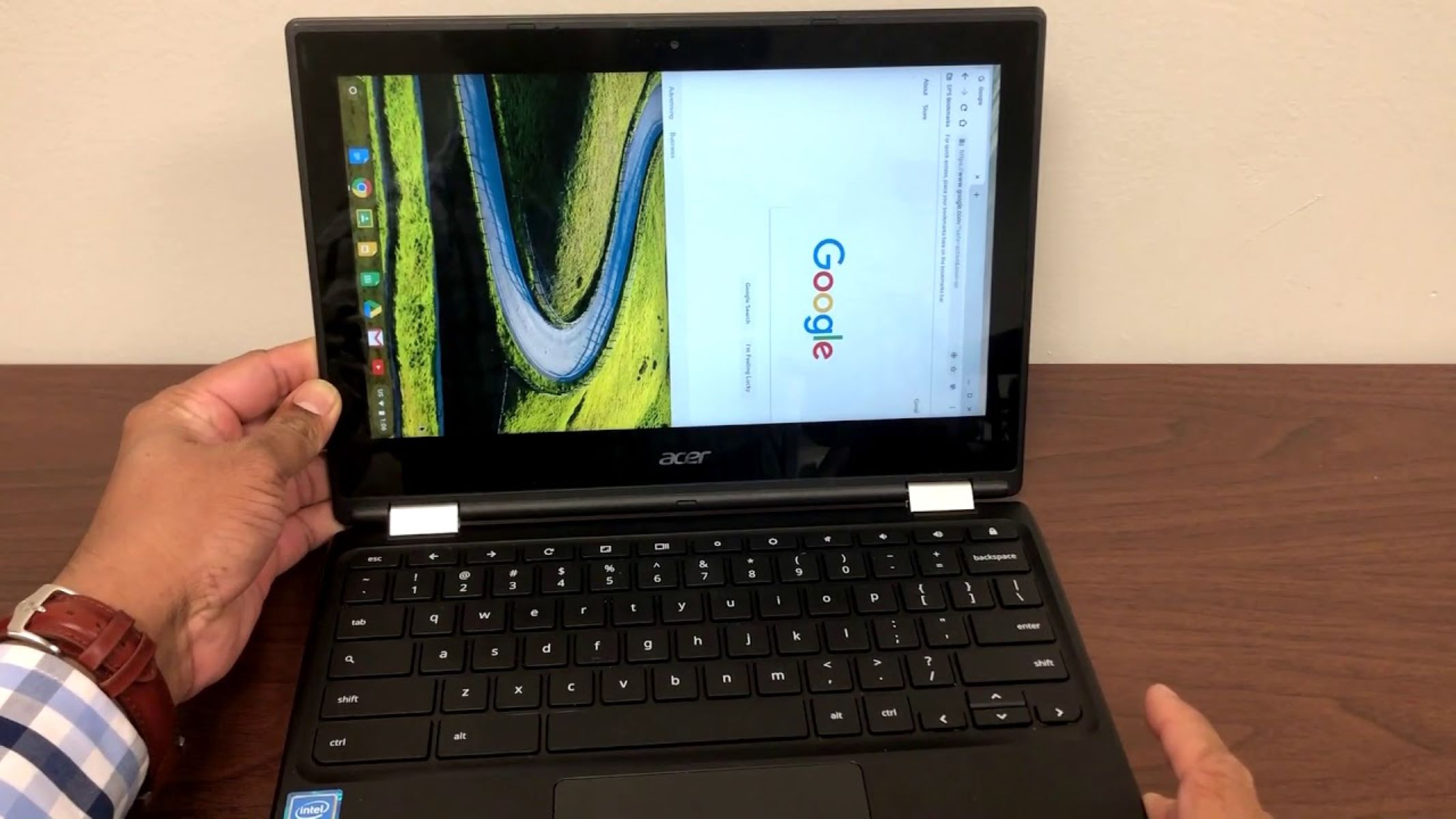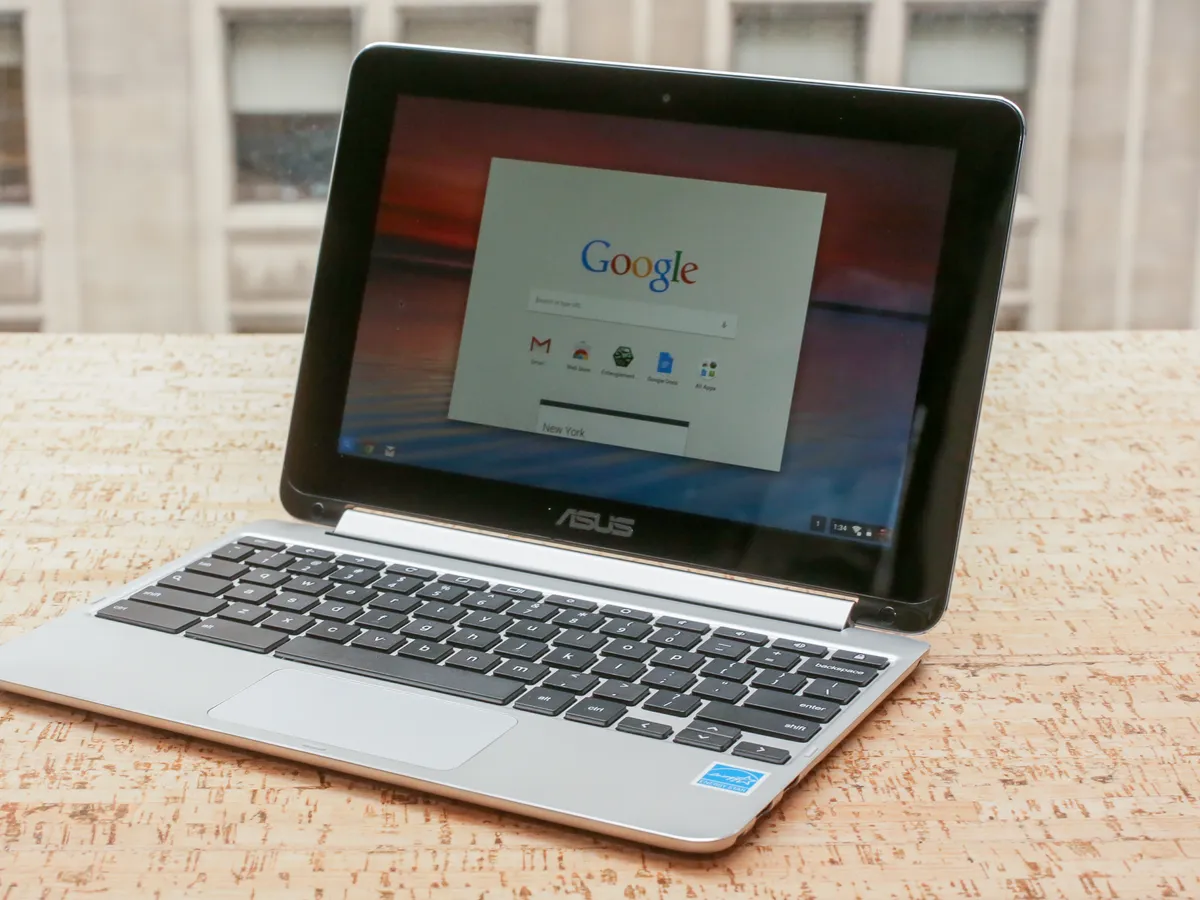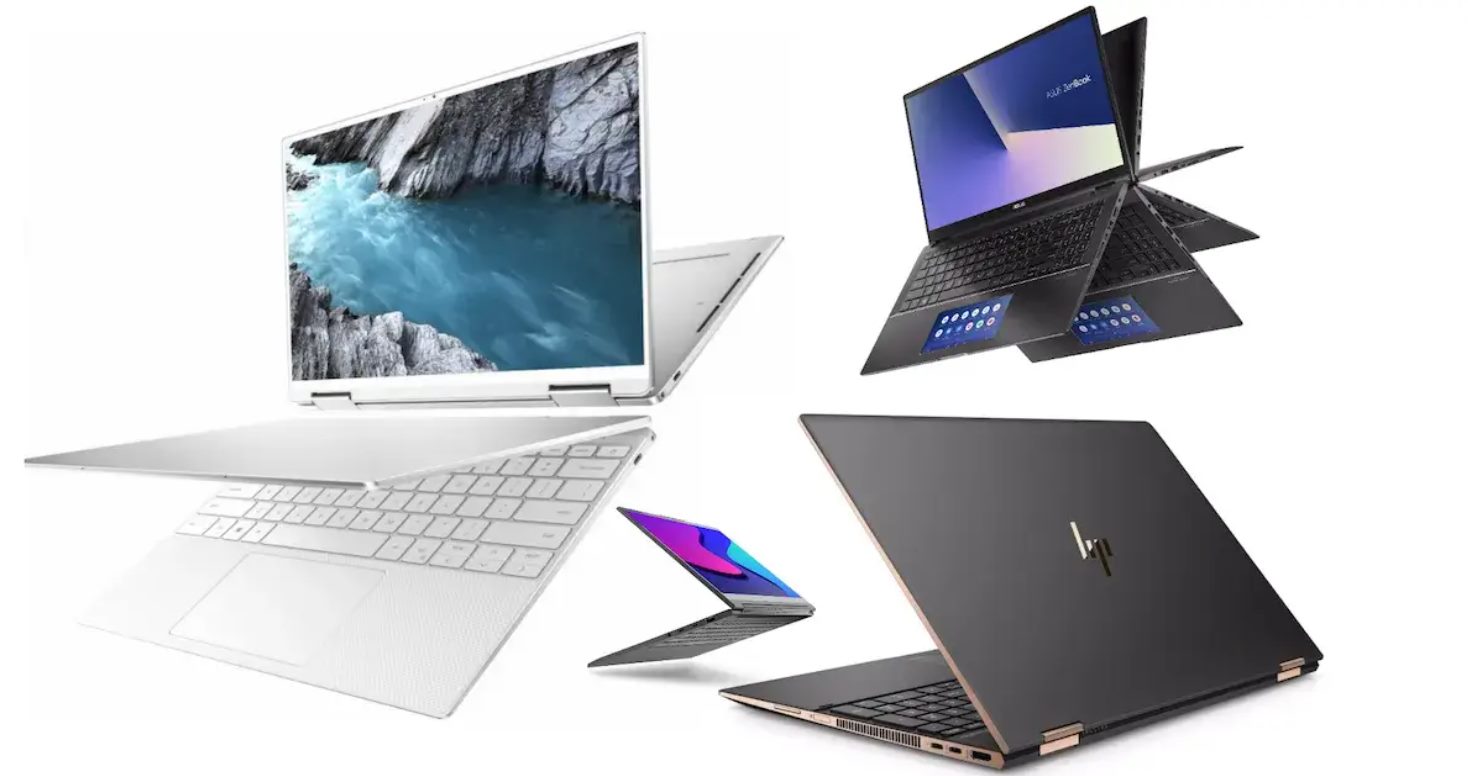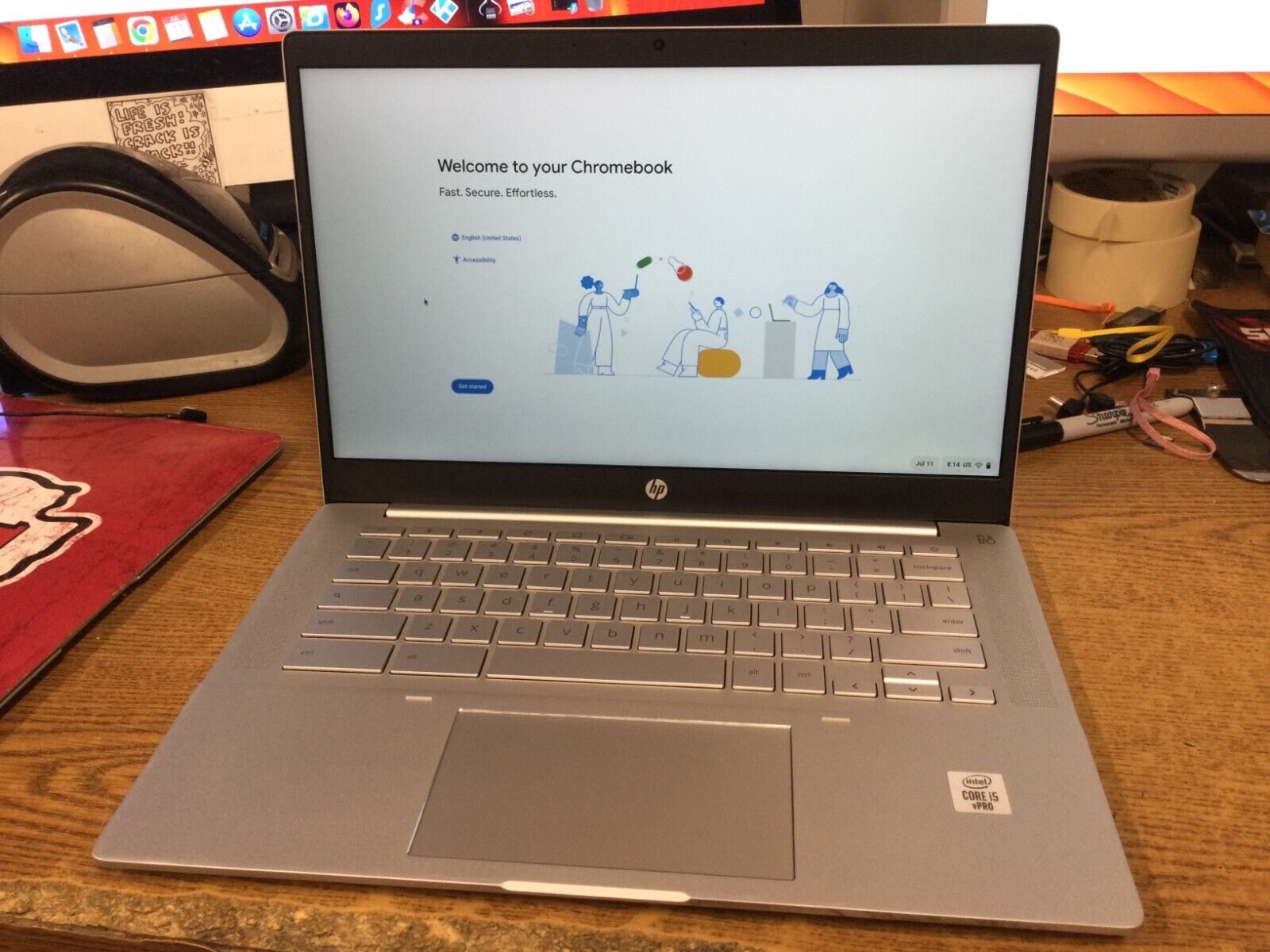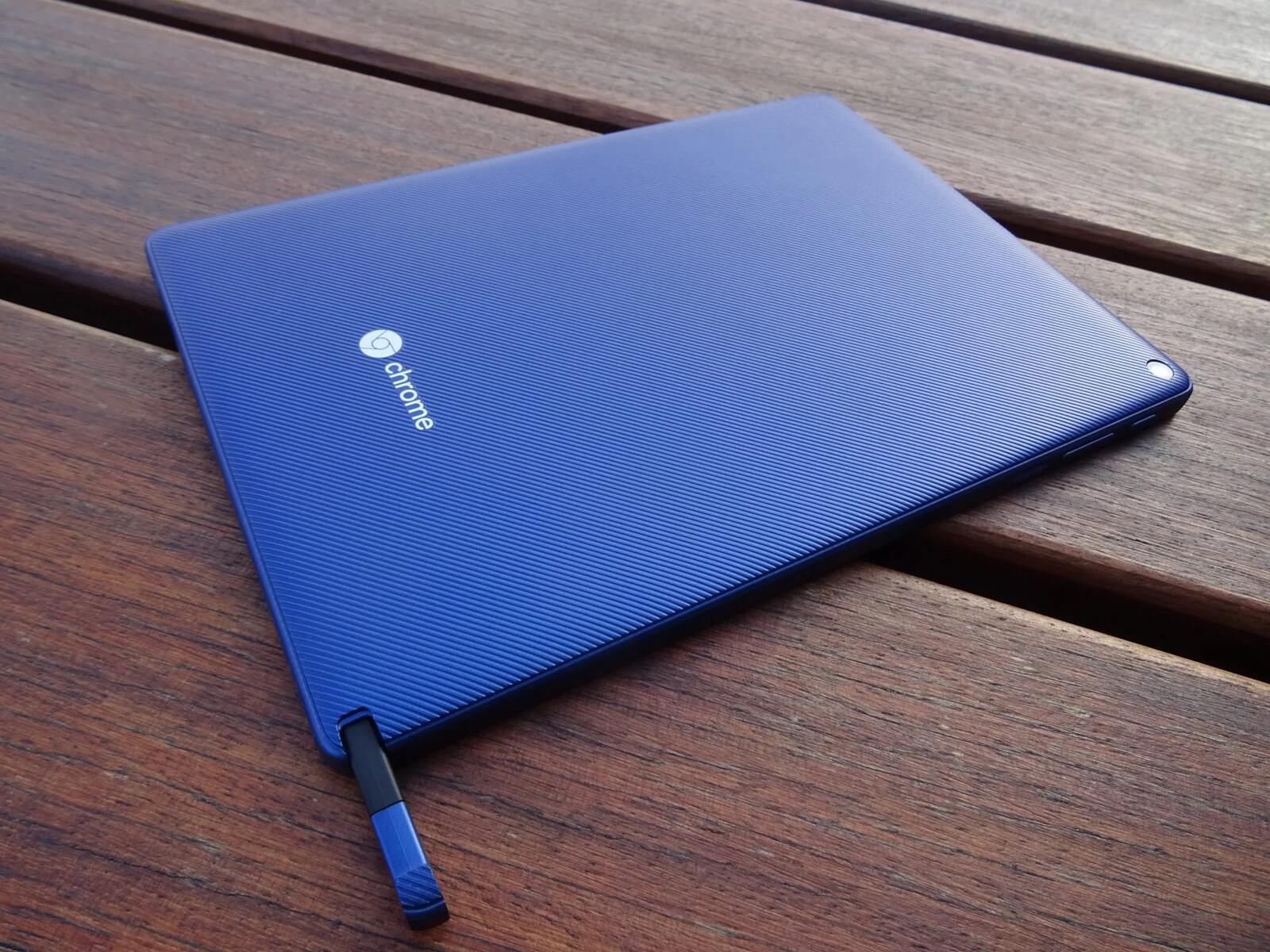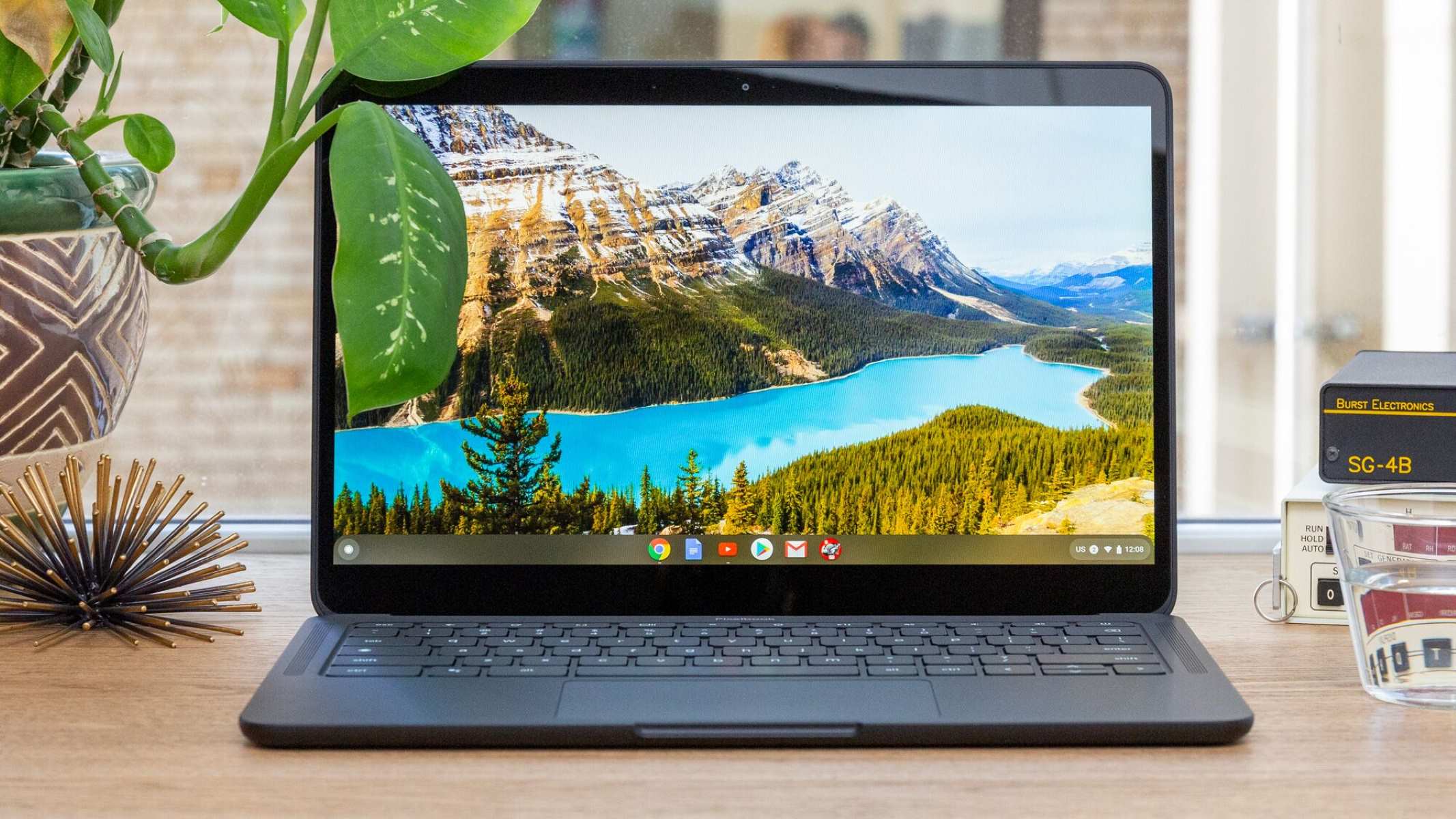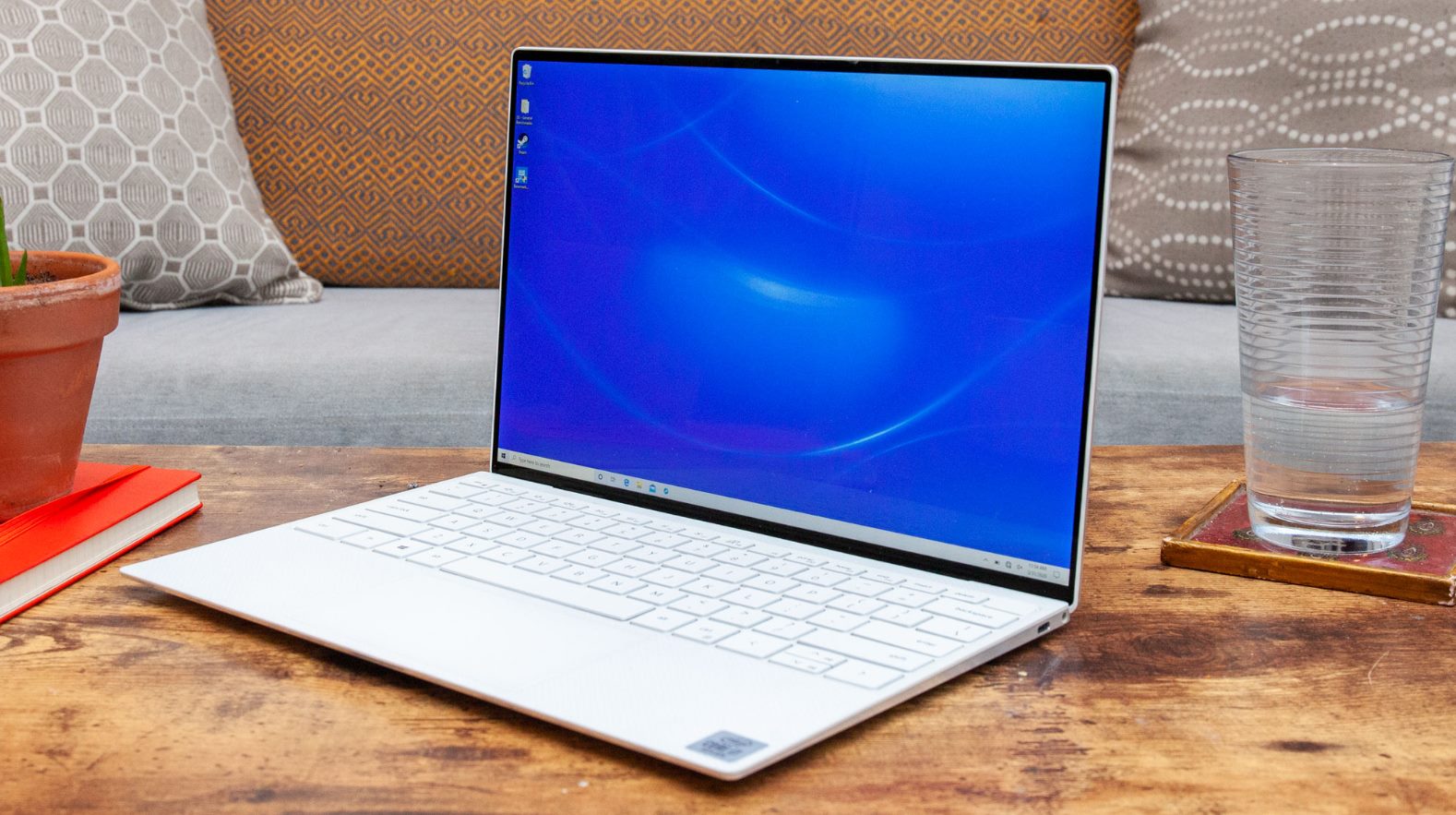Introduction
Chromebooks have become increasingly popular due to their affordability, simplicity, and reliability. These lightweight laptops powered by the Chrome operating system offer a seamless browsing experience and a wide range of productivity tools. However, if you find yourself in a situation where the screen orientation is flipped and you’re wondering how to fix it, you’ve come to the right place.
In this article, we will guide you through the process of flipping the screen on a Chromebook. Whether you accidentally rotated the screen or if it’s facing the wrong direction, we will explore various methods to help you restore the correct orientation effortlessly.
Flipping the screen on a Chromebook can be done in different ways, including keyboard shortcuts and system settings. We will cover all of these methods, ensuring that you have multiple options to choose from based on your preference or the specific situation you’re dealing with.
Stay tuned and let’s dive into the world of Chromebook orientation settings!
Orientation settings on Chromebook
Before we jump into the different methods of flipping the screen on a Chromebook, let’s first familiarize ourselves with the orientation settings available on these devices. Chromebooks provide convenient options to customize the screen orientation according to your needs and preferences.
To access the orientation settings, click on the system tray in the bottom right corner of your screen. This will open a menu with various icons and options. Look for the icon that resembles a square with an arrow pointing upwards. This is the orientation settings icon.
Clicking on the orientation settings icon will display a drop-down menu that allows you to choose from four different screen orientations: “Standard” (default), “90 degrees,” “180 degrees,” and “270 degrees.” Simply select the desired orientation, and your screen will adjust accordingly.
It’s important to note that the orientation settings on a Chromebook are not permanent. This means that if you restart or shut down your device, it will revert to the default “Standard” orientation. However, the settings you choose will persist as long as your Chromebook remains powered on.
Now that you’re familiar with the orientation settings on a Chromebook, let’s explore the different methods you can use to flip the screen, whether it’s for a temporary adjustment or a permanent change.
Flipping the screen using keyboard shortcut
If you’re looking for a quick and easy way to flip the screen on your Chromebook, using a keyboard shortcut is the way to go. Chromebooks have a built-in keyboard shortcut that allows you to rotate the screen with just a few clicks.
To flip the screen using a keyboard shortcut, follow these simple steps:
- Hold down the Ctrl and Shift keys on your keyboard.
- While keeping these keys pressed, press the Refresh key (which is usually located above the number keys).
- As you press the Refresh key, the screen will begin to rotate. Continue to hold down the Ctrl and Shift keys until the screen orientation is flipped to your desired position.
- Release the Ctrl and Shift keys, and your screen will stay in the new flipped orientation.
It’s important to note that the keyboard shortcut mentioned above may vary slightly depending on the model and manufacturer of your Chromebook. In some cases, you may need to use different key combinations to achieve the desired result. Therefore, be sure to check your Chromebook’s documentation or search online for the specific keyboard shortcut applicable to your device.
Flipping the screen using a keyboard shortcut is a convenient option for temporary adjustments. However, if you prefer a more permanent solution, you can make use of the system settings on your Chromebook, which we will cover in the next section.
Flipping the screen using system settings
If you prefer a more permanent solution for flipping the screen on your Chromebook, you can make use of the system settings. This method allows you to change the screen orientation and have it remain in the flipped position even after restarting your device.
To flip the screen using the system settings, follow these steps:
- Click on the system tray located in the bottom right corner of your screen to open the menu.
- Find and click on the gear-shaped icon labeled “Settings.” This will open the Chromebook settings page.
- In the settings page, scroll down and click on the “Displays” option.
- Look for the “Orientation” section within the Displays settings. Here, you will find the options to change the screen orientation.
- Click on the drop-down menu under the “Orientation” section and select the desired flipped orientation.
- The screen will immediately adjust to the new orientation once you make a selection.
By changing the screen orientation using the system settings, you can ensure that your Chromebook remains in the flipped position even after you restart the device. This makes it a more permanent solution for users who need a consistently flipped screen experience.
However, do keep in mind that changing the screen orientation in the system settings may affect the overall user interface and the orientation of other applications and windows. Some applications may not support all orientation settings, so it’s a good idea to test the functionality of your essential apps after making the change.
Now that you’re familiar with both the keyboard shortcut and system settings methods, let’s take a look at some common troubleshooting steps in case you encounter any issues while flipping the screen on your Chromebook.
Troubleshooting common issues
While flipping the screen on a Chromebook is usually a straightforward process, you may encounter some common issues along the way. Let’s take a look at a few troubleshooting steps to help you overcome any obstacles you may face.
1. Keyboard shortcut not working: If the keyboard shortcut to flip the screen is not working, try pressing the “F5” or “Fn + F5” keys instead of the “Refresh” key. This variation in key combinations is common among different Chromebook models.
2. Screen orientation not changing: If you’re trying to change the screen orientation using the system settings, but nothing happens, try restarting your Chromebook. Sometimes, a simple restart can resolve any software glitches and allow you to make the desired changes.
3. App compatibility issues: Certain applications may not support all screen orientations. If you experience issues with a specific app after flipping the screen, check the app’s settings or documentation to see if it supports the flipped orientation. If not, consider using another app or reaching out to the app developer for assistance.
4. External displays not adjusting: If you have an external display connected to your Chromebook and the screen orientation is not adjusting as expected, try disconnecting and reconnecting the external display. Additionally, check the display settings on the external monitor to ensure it is configured correctly.
5. Screen flickering or distortion: If you notice any screen flickering or distortion after flipping the screen, it could indicate a hardware issue. In such cases, it’s best to contact the manufacturer’s support or seek professional assistance to diagnose and resolve the problem.
If none of the troubleshooting steps mentioned above resolve the issue, it’s advisable to consult the Chromebook’s user manual or visit the support website of the manufacturer for additional guidance.
With these troubleshooting tips, you should be well-equipped to tackle any hiccups that may arise while flipping the screen on your Chromebook.
Conclusion
Flipping the screen on a Chromebook can be a useful feature when you need to adjust the orientation for a better viewing experience or to accommodate specific tasks. Whether you prefer a temporary flip using a keyboard shortcut or a more permanent solution through the system settings, there are multiple options available to cater to your needs.
In this article, we explored the orientation settings on a Chromebook and learned how to flip the screen using a keyboard shortcut. We also discussed how to change the screen orientation through the system settings, providing a more permanent solution. Additionally, we covered troubleshooting steps to address common issues that may arise during the process.
Remember to refer to your specific Chromebook model’s documentation for any variations in keyboard shortcuts or system settings. It’s important to familiarize yourself with the options available to ensure a smooth experience when flipping the screen.
Whether you’re a student, professional, or casual user, having the ability to flip the screen on your Chromebook can enhance your productivity and make for a more comfortable usage experience. With the knowledge gained from this article, you can confidently customize the screen orientation to suit your preferences and needs.
So go ahead, flip that screen, and enjoy your Chromebook to the fullest!









